Cats have been basking in the warmth of the sun for thousands of years, a behavior rooted in their evolutionary journey. Originating from desert environments, where temperatures fluctuate dramatically, their ancestors developed a keen instinct to seek out warm spots. This historical behavior not only provided comfort but also played a vital role in their survival.
Body Temperature Regulation: Cats as Homeotherms
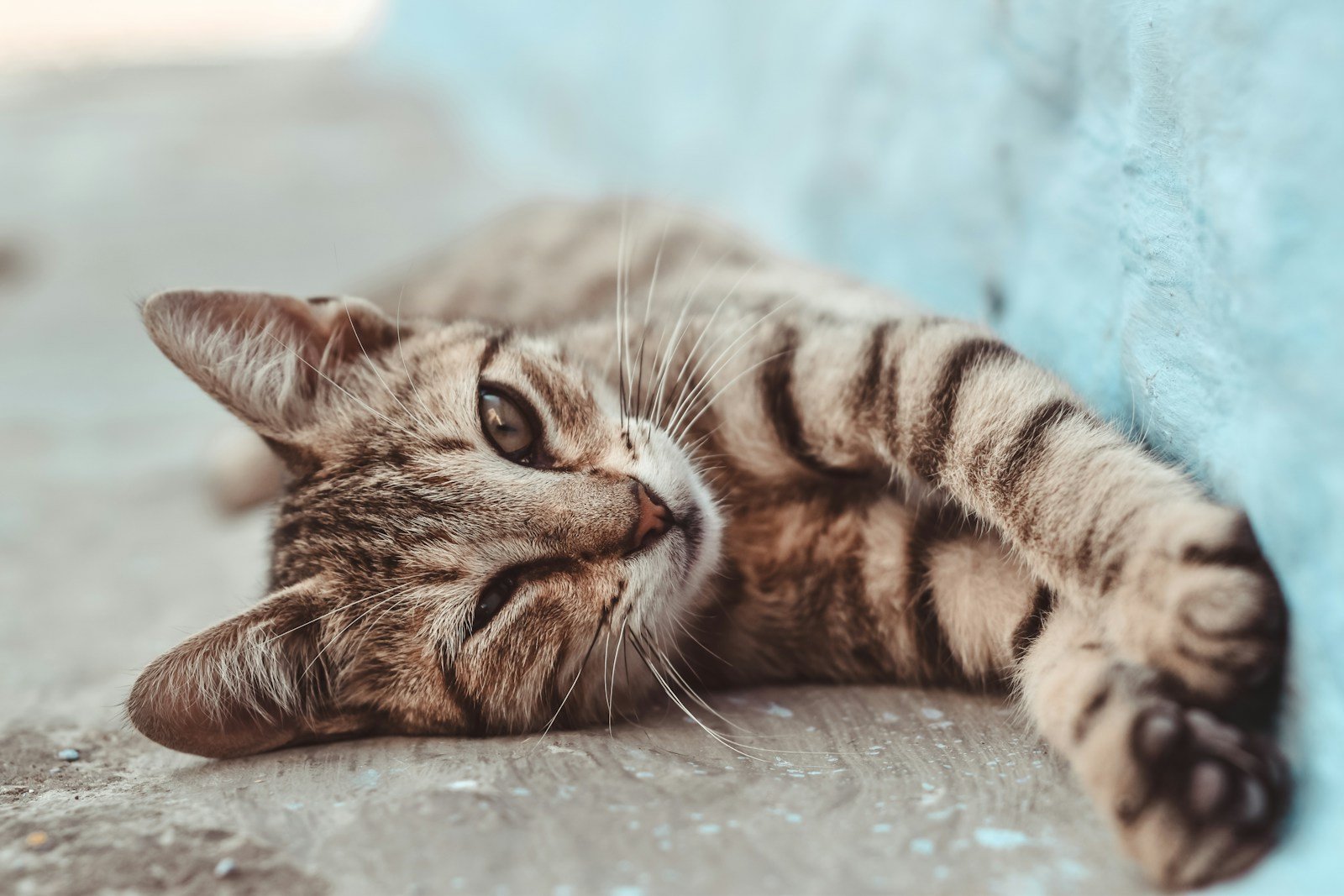
Unlike ectothermic animals, cats are homeotherms, meaning they maintain a constant body temperature regardless of the environment. Their ideal body temperature ranges between 100.5°F and 102.5°F. To keep their metabolism functioning optimally, they instinctively seek warm environments, which helps them conserve energy otherwise used to generate body heat.
The Science of Cat Thermoregulation
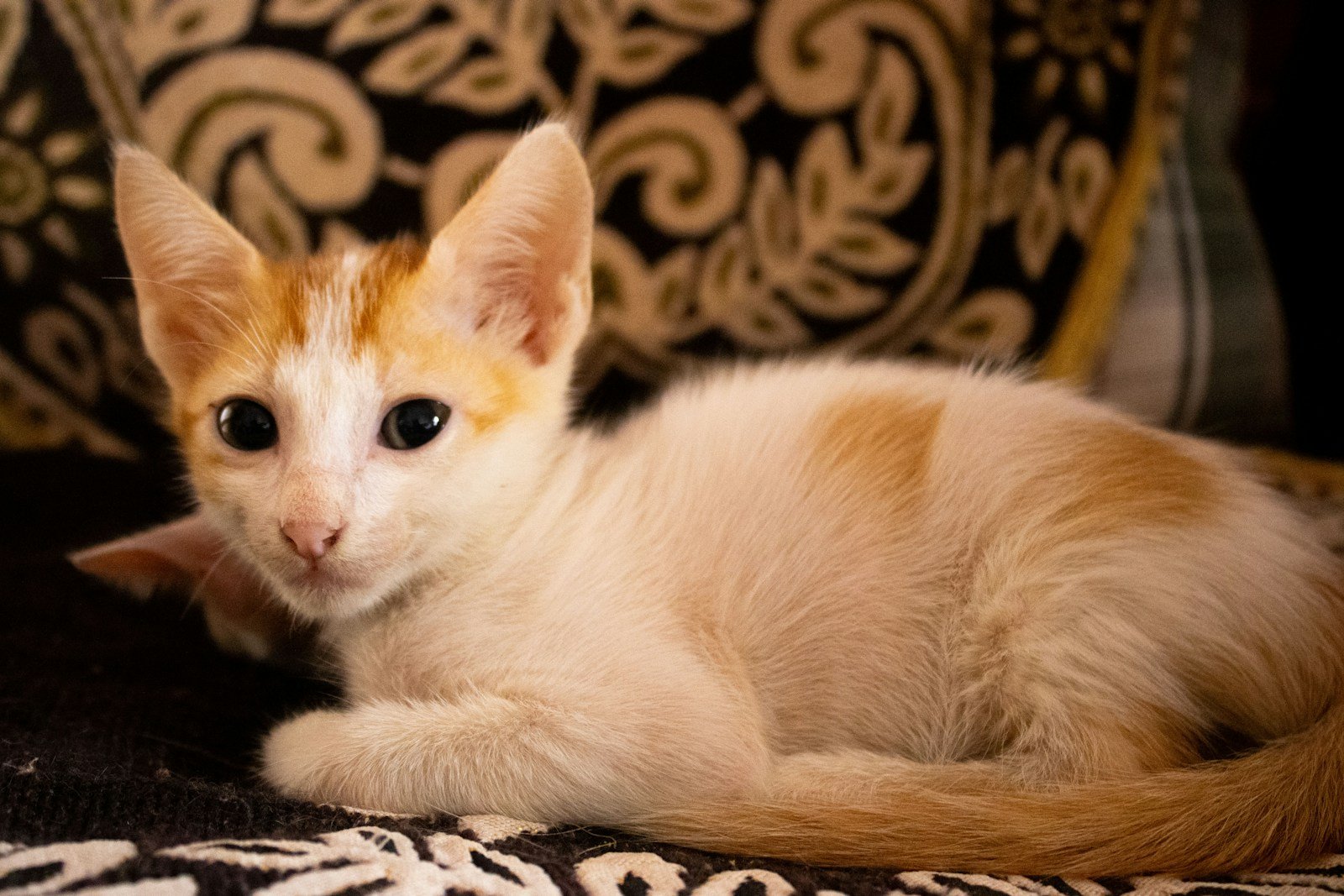
Thermoregulation is crucial for cats to manage their energy efficiently. When a cat finds a warm spot, it reduces the need to expend calories on maintaining body heat. Consequently, their bodies can allocate energy towards other necessities, such as digestion, immunity, and alertness, aiding their overall health and well-being.
Sunbathing for Vitamin D: A Misunderstood Concept
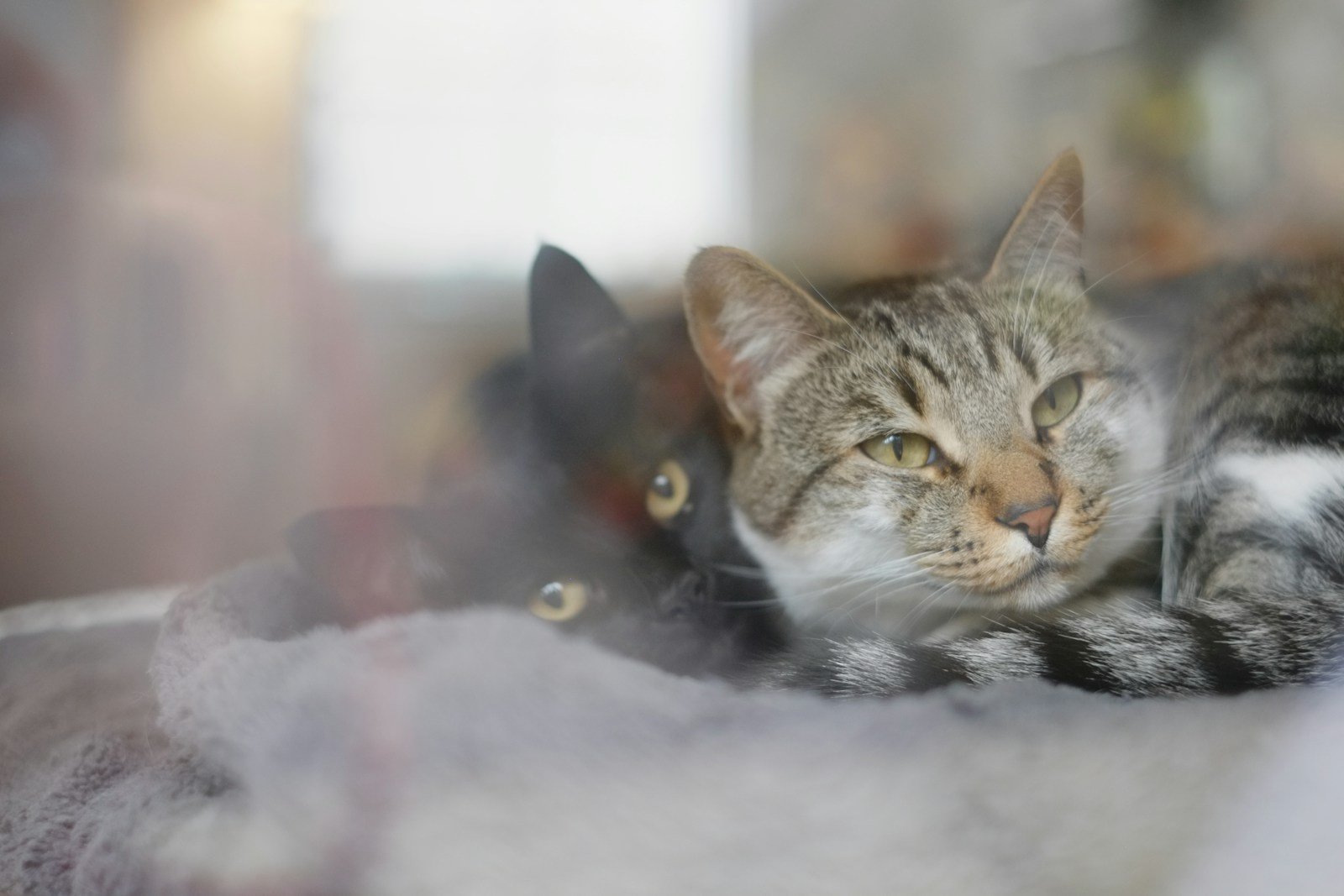
While often assumed, cats do not rely on the sun for Vitamin D synthesis in the same way humans do. Cats obtain Vitamin D from their diet, as their skin does not effectively carry out this conversion. Therefore, their love of sunny locations serves more for warmth and comfort rather than nutritional need.
Psychological Benefits of Warmth for Cats
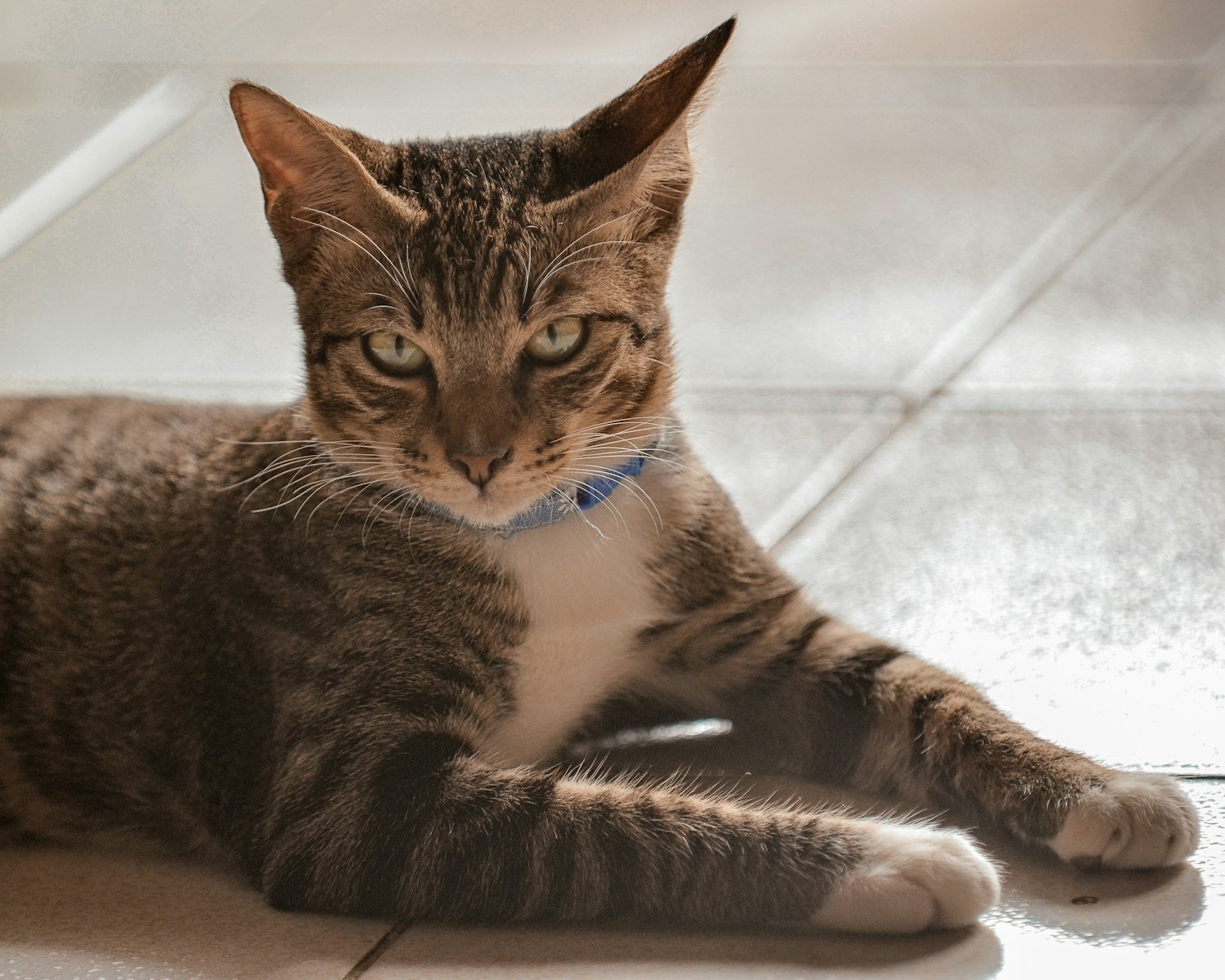
Warmth is not only a physical necessity for cats but also contributes to their psychological comfort. Warm spots can provide a sense of security and peace, reducing stress and anxiety and offering them a form of emotional recharge.
Behavioral Patterns of Domestic Cats
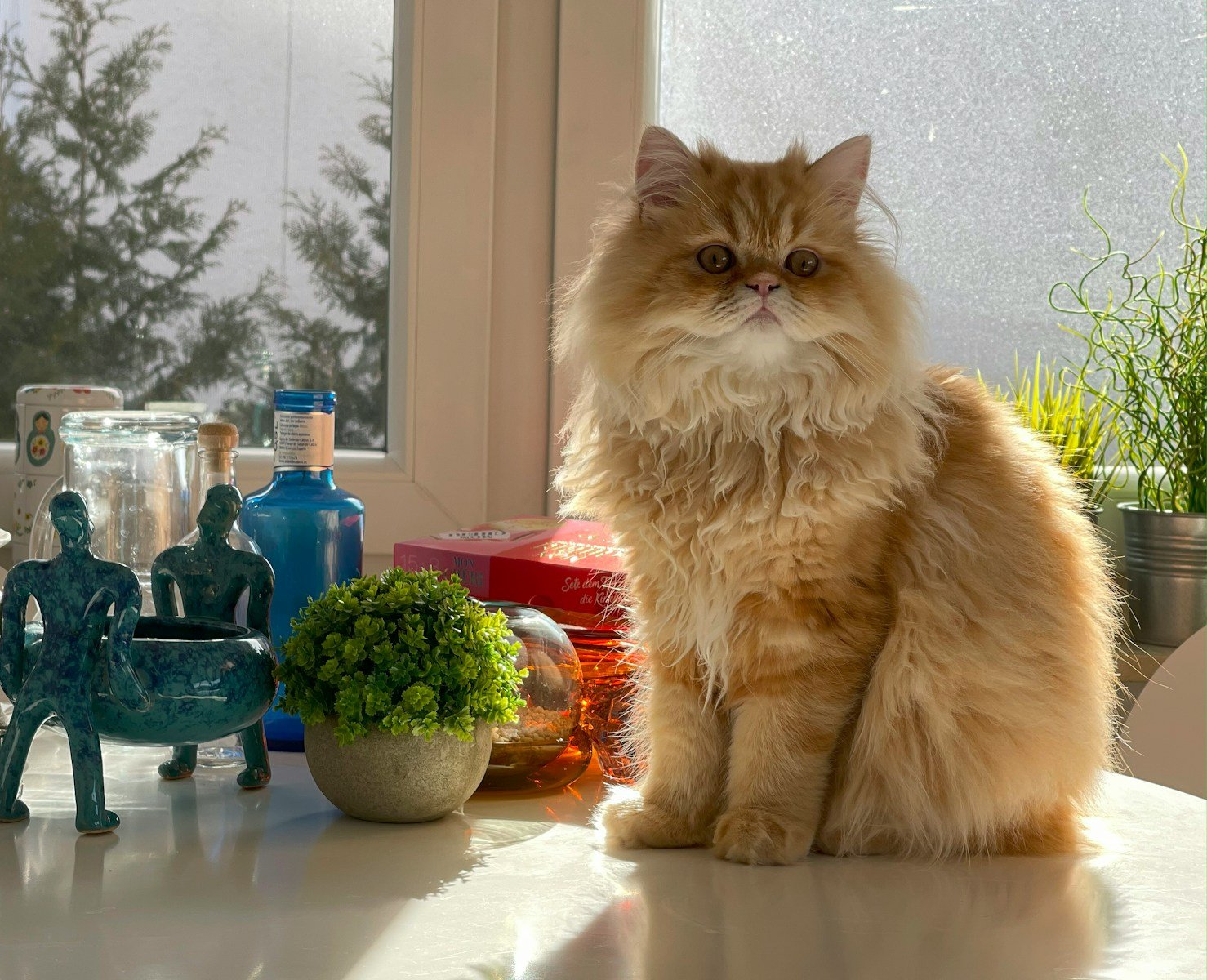
In domestic settings, cats often gravitate towards the warmest parts of a home, such as sunny windowsills, heating vents, or cozy blankets. This behavior is a result of their instinctive desire to recreate the warmth and security that their ancestors sought out in the wild. It is a testament to their ingrained behaviors even amidst modern comforts.
The Role of Fur in Insulation and Temperature Regulation
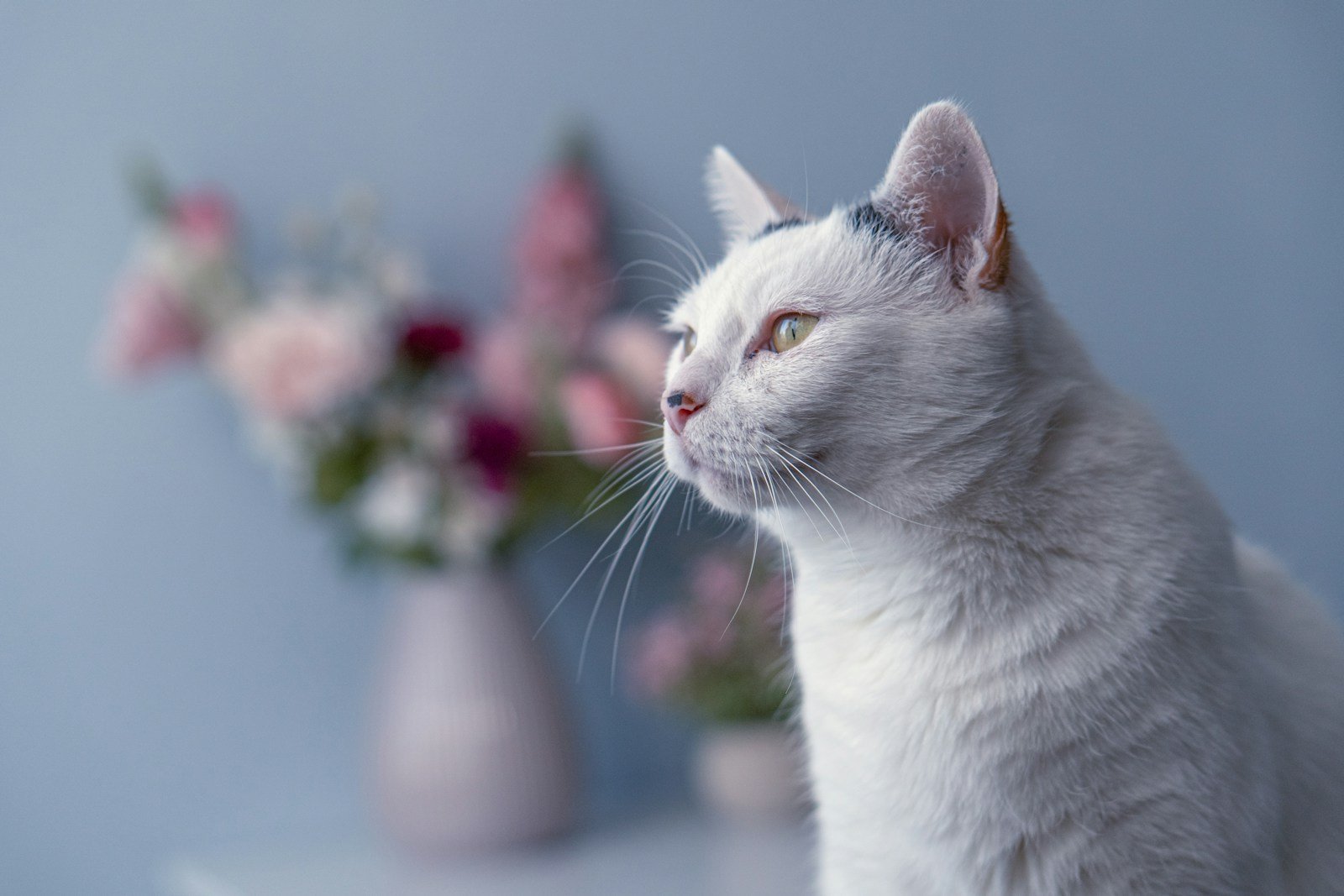
A cat’s fur is a remarkable insulator, providing warmth and playing a significant role in temperature regulation. However, during colder months or in drafty homes, even their thick pelts need additional heat. This necessity can explain their fondness for radiators or laptops, where extra warmth is readily available.
Understanding Different Breeds and Their Need for Warmth

Certain cat breeds, such as the Sphynx or Siamese, with their less dense fur, feel the cold more acutely than others. Recognizing the particular needs of various breeds helps pet owners provide the appropriate warmth, offering insight into the varied tendencies of each breed towards warmth-seeking behaviors.
Seasonal Changes and Their Impact on Cat Behavior

A cat’s warmth-seeking behavior often becomes more pronounced during colder seasons. During the transition from summer to winter, their propensity to seek out heat sources in the home may intensify as they adapt to lower ambient temperatures and increased energy needs for staying warm.
How to Create a Warm Sanctuary for Your Cat

For cat owners, understanding and accommodating your feline’s preference for warmth is essential. Creating comfortable, warm spaces for your feline companion, equipped with heated beds or blankets, can significantly enhance their contentment and well-being at home.
Conclusion: Embracing the Cozy Comfort of Cat Warmth
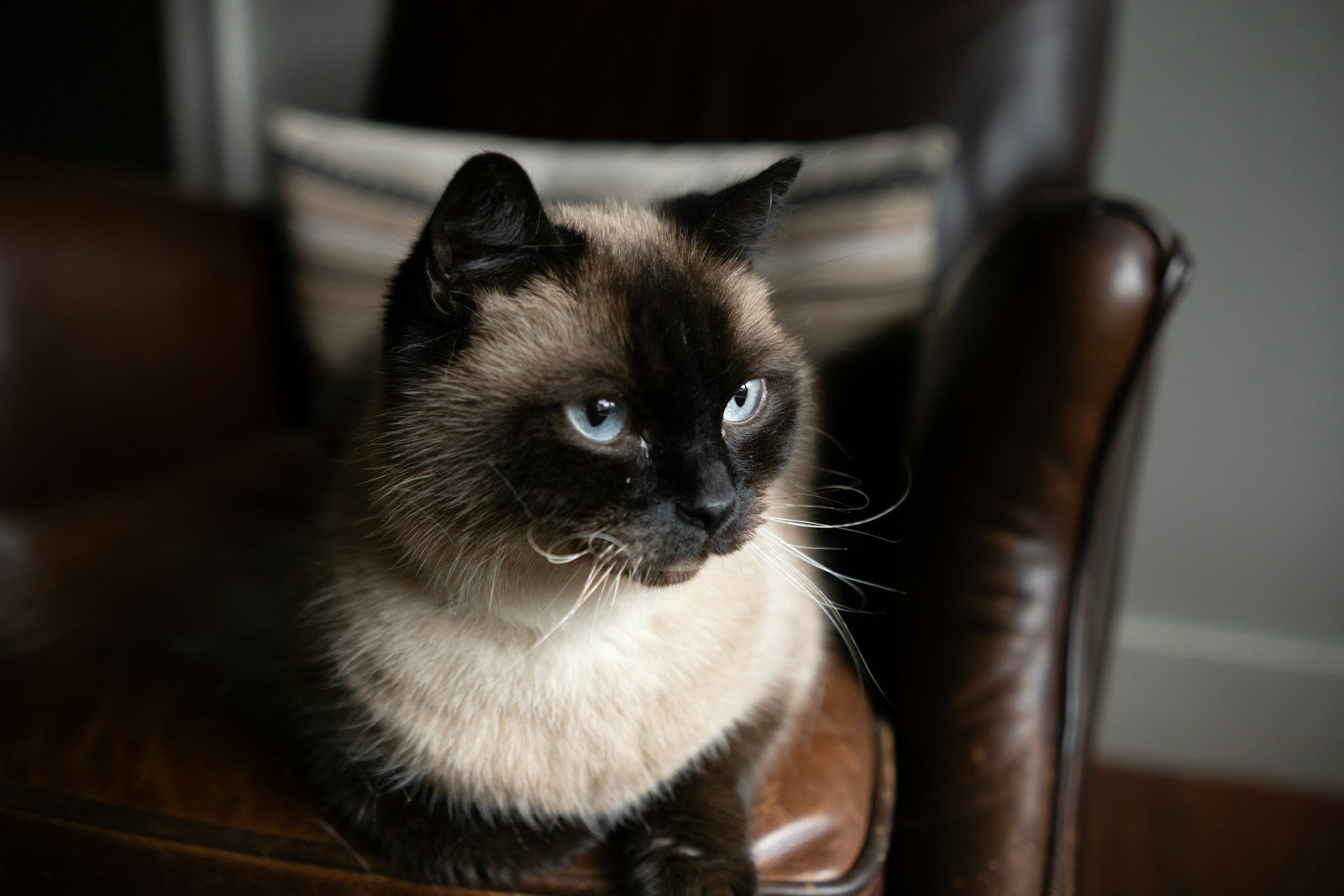
In essence, a cat’s inclination to gravitate towards the warmest spots is deeply ingrained in their biology and evolutionary history. Acknowledging this need and providing opportunities for comfort not only supports their physical health but also enriches their emotional lives, forging a stronger bond between cats and their owners.
Hi, I’m Bola, a passionate writer and creative strategist with a knack for crafting compelling content that educates, inspires, and connects. Over the years, I’ve honed my skills across various writing fields, including content creation, copywriting, online course development, and video scriptwriting.
When I’m not at my desk, you’ll find me exploring new ideas, reading books, or brainstorming creative ways to solve challenges. I believe that words have the power to transform, and I’m here to help you leverage that power for success.
Thanks for stopping by, Keep coming to this website to checkout new articles form me. You’d always love it!





